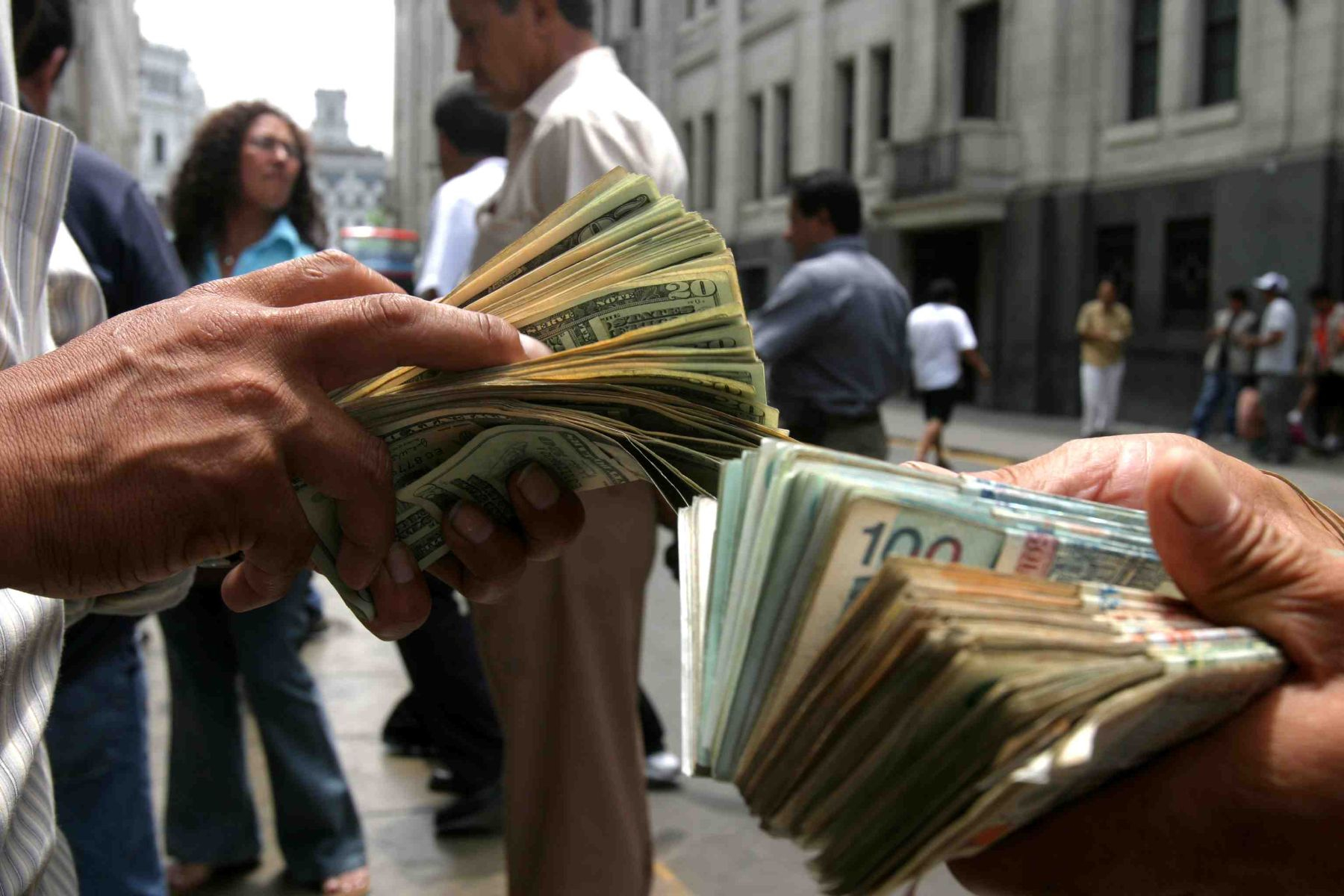
The dollar ended July in Peru at S/3.7300, strengthening 3.21% against the Peruvian sol in the last 12 months and 0.62% so far in 2024, after closing the previous period at S/3.7070. What factors inflated the US currency in the seventh month of the year?
Gianina Villavicencio, Foreign Exchange Intermediation Manager at Renta4 SAB, explains that, during the month of July 2024, the exchange rate of the US dollar “showed a volatile trend against the Peruvian sol, influenced by both internal and external factors.”
According to the Monthly Report on the Behavior of the Value of the Dollar in Peru – July 2024, prepared by Renta4, the fluctuations were marked by the intervention of the Central Reserve Bank of Peru (BCRP), the supply and demand of foreign currency by local corporations and offshore agents, “as well as by expectations regarding international monetary policies, especially the decisions of the United States Federal Reserve (FED).”
Throughout the month, the dollar fluctuated between minimum and maximum levels influenced by various market dynamics. At the beginning of the month, the dollar showed a downward trend due to a strong corporate offer and the interventions of the BCRP through exchange rate swaps.
“This downward trend was reversed in the middle of the month, when demand for dollars increased, driven by local and non-resident corporations,” Villavicencio said.
It is worth mentioning that the dollar reached its highest point in the first week of the month, standing at around S/3.8530, while its lowest level was observed towards the second half of the month, reaching S/3.7090.
“The intervention of the BCRP was a key factor, with placements and maturities of foreign exchange swaps that influenced liquidity and the behavior of the exchange rate,” the specialist points out.
Internal factors: corporate demand for dollars
Throughout the month, the BCRP actively intervened in the foreign exchange market, placing and renewing sell-exchange swaps. These actions helped stabilize the exchange rate in times of high volatility.
Supply from local corporations, especially related to bonus payments, significantly influenced the downward pressure on the dollar. In contrast, demand for dollars from offshore and local agents at other times of the month contributed to the appreciation of the dollar.
Finally, the top monetary authority decided to maintain the reference rate at 5.75%, arguing that underlying inflation remained outside the target range. This decision also impacted market expectations regarding exchange rate policy.
The Fed and the external factors that boosted the dollar
Globally, the dollar was influenced by expectations surrounding the US Federal Reserve’s decisions. Speculation about a possible rate cut in September due to a slowdown in the US economy caused fluctuations in the value of the dollar.
Data such as inflation, unemployment and US GDP growth impacted the dollar index (DXY), which fluctuated during the month between 103.76 and 105.59.
In addition, commodity prices such as gold and copper also influenced the dollar’s performance. The stability in the prices of these assets during the month provided an additional context for the fluctuation of the exchange rate.
What is expected for the dollar for the remainder of 2024?
Renta4 SAB states that, looking ahead, the dollar’s performance is expected to remain volatile, influenced by several factors, such as the FED’s decisions.
“The next Fed meeting will be crucial in determining the direction of the dollar. A possible rate cut in September could further depreciate the US currency,” the agency said.
The actions of the BCRP are also expected to continue to be decisive for the stability of the exchange rate. The renewal of currency swaps and other intervention measures will continue to play an important role.
Likewise, trade tensions, changes in the economic policies of the main economies and the evolution of commodity prices will be key factors to monitor.
“For the coming months, these dynamics are expected to remain relevant, maintaining volatility in the foreign exchange market,” he said.
Source: Larepublica
Alia is a professional author and journalist, working at 247 news agency. She writes on various topics from economy news to general interest pieces, providing readers with relevant and informative content. With years of experience, she brings a unique perspective and in-depth analysis to her work.












